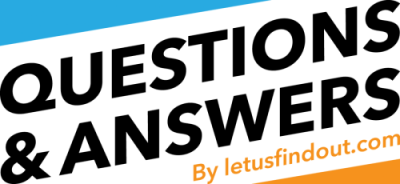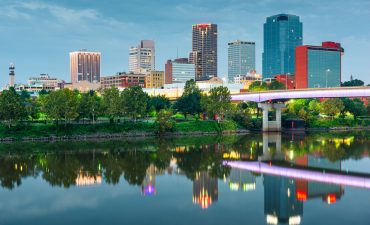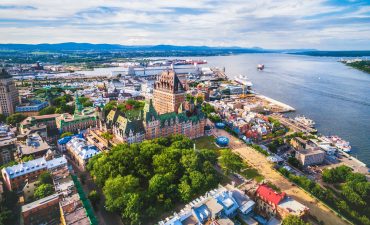The production of milk by female mammals is termed as lactation. It involves milk production by the mammary glands present only in the female. The main purpose behind milk production is feeding the new born, thus providing it with nutrition and immunity.
For human beings and similar mammals, mammary glands are present in the breasts. The main processes involved in the milk production are:
Production of hormones
There are several hormones involved in milk production
• Progesterone – it affects the size of the lobes and alveoli. They also result in copious production of milk.
• Oestrogen – influences the growth of the milk ducts
• Follicle stimulating hormone
• Luteinizing hormone
• Prolactin – during the months of pregnancy this hormone controls the growth of alveoli
• Oxytocin – after pregnancy, this hormone results the smooth muscle layers which surround the alveoli to release the newly generated milk into the ducts
Lactogenesis 1
During the end months of pregnancy, the breasts produce thick, yellowish liquid called colostrums. This part of milk production is called Lactogenesis 1.
Lactogenesis 2
During birth, the levels of Prolactin remain high, whereas there is a sudden drop in the levels of estrogen, progesterone, and HPL. This stimulates the copious production of milk. When the breasts get stimulated the levels of Prolactin in the blood rise. The levels reach the highest point in about 45 minutes and return back to the normal level in three hours. The Prolactin induces the alveoli cells to make milk. Prolactin is also present in the milk. The levels of Prolactin in the breasts are high at the time of milk production and are low with fuller breasts. It has also been observed that Prolactin level increases between 2 a.m. and 6 a.m.
The first milk that an infant receives is called Colostrum. Colostrum has high amount of white blood cells and some antibody elements. Within the passage of two weeks the Colostrum production ceases and mature breast milk production takes its place.
Lactogenesis 3
Lactogenesis 3 begins when milk supply to the breasts is firmer. During this period autocrine, control begins. At this stage, the breasts can produce large quantities of milk. The milk production is dependent on the amount that is required by the baby. When a baby requires milk, the mother is able to give it to the baby on demand.
Milk ejection reflex
Milk ejection takes place due to the release of Oxytocin hormone. The muscles around the breasts are induced by Oxytocin to squeeze the milk out.
Induced lactation
Milk can also be produced artificially. Even if a woman is not pregnant, milk production can be induced into the mammary glands such that she is able to breastfeed. Ralactation is the process when ‘a second-time’ milk production is induced. These females can become supplemental mothers. The process of induced lactation is same as in the normal case.
Several drugs are available that induce milk production. One of the widely used drugs is galactagogue. Once lactation is induced, it can be continued till the baby demands the milk.







Can a recently pregnant mother with a 4 month or more old kitten reproduce milk for a adopted 2 week old kittten ..Or is the kitten in danger of dying ?